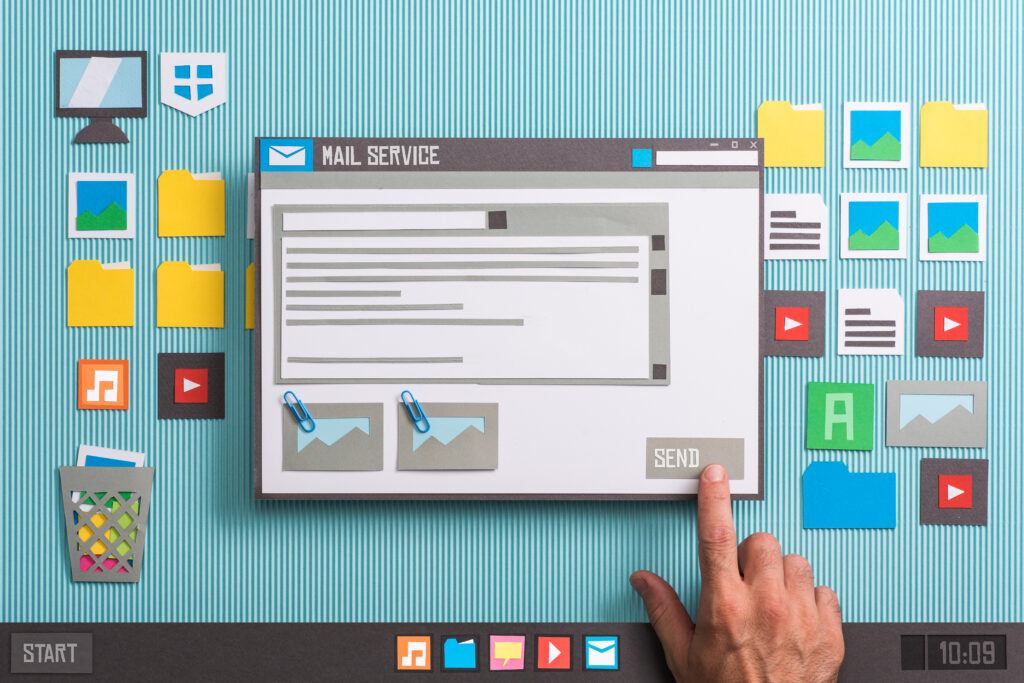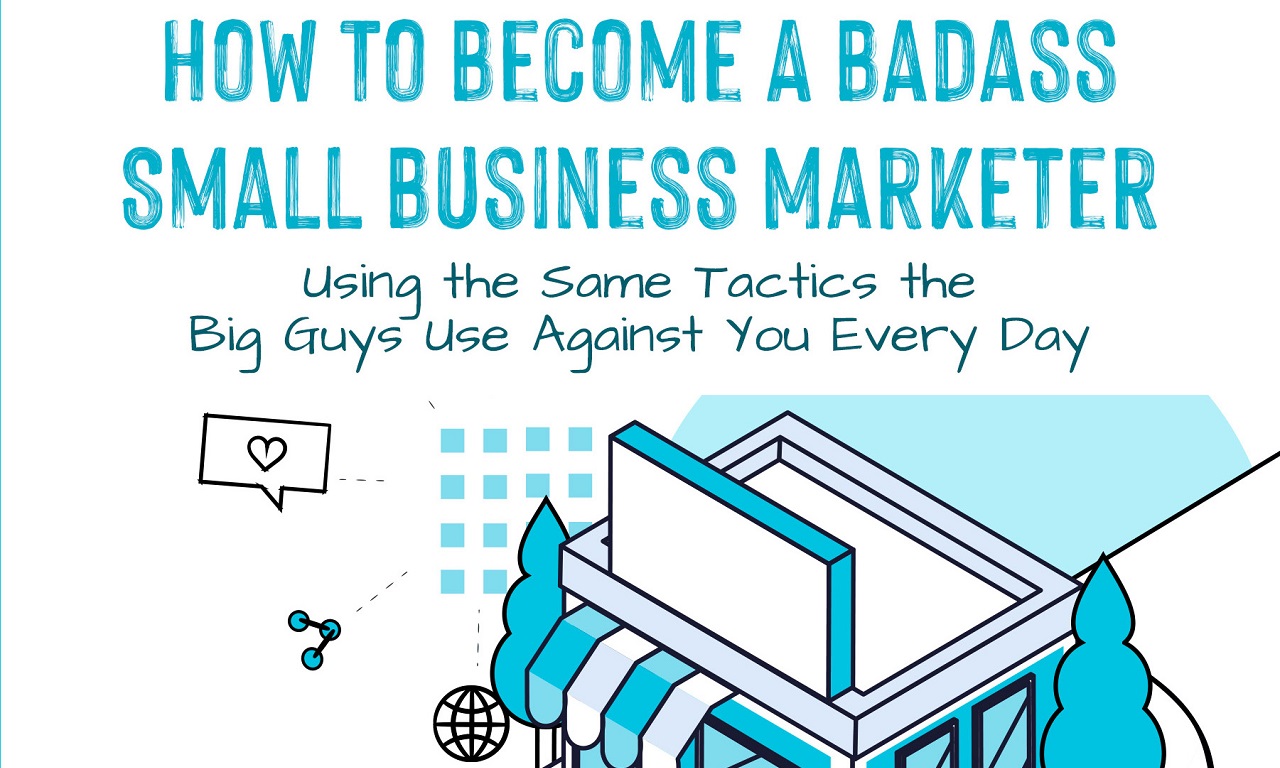A Guide to Know How Much Email Marketing You Should Do
According to a recent article by Mailmodo, email marketing can earn you up to $42 for every $1 spent. But how much email marketing is enough? How much is too much?
Because the ROI can be so good, we often become obsessed with email marketing — to the point where we rely on it too much. Hidden in those glitzy ROI numbers is the “wear and tear” factor on your email database. How much are you costing yourself by annoying otherwise happy customers?
Over-sending (abusing) your email database can become a crutch to keep driving business when you can’t think of anything better. But it comes at a long-term cost.
I spent some time reviewing my own inbox this week, and I’m going to share a few examples of email abuse, and my own reactions to it. But first, here are some ways to determine if you’re sending too much email.
3 Warning Signs You’re Sending Too Much Email
Watch for these 3 warning signs you’re sending too much email:
Watch your unsubscribe rate. If it’s too high, you’re probably sending too often; or you’re sending irrelevant messages too often.
Falling open rates. According to Smart Insights, the average open rate across all industries is 16.97%. You’ll find that your average generally holds true, whether it’s higher or lower than the average. But if you see sudden drops, or even steady declines over time — you’re probably sending too often; or you’re sending irrelevant messages too often.
Listen to customers. If even a few customers are telling you “there’s too much email,” you’re probably annoying many more people than you’re hearing feedback from…

5 Factors to Consider How Often to Send Email
Don’t overthink email frequency. Use common sense. Here are 5 factors to consider how often to send email:
Average Time Between Transactions. How often does the average customer buy from you? The best example I can share about this is real estate. We represent a number of realtors and the question always arises, how often do we need to be in touch? Since the average residential real estate customer has a transaction every 5-8 years, do your customers need to hear from you daily? Or even weekly? Probably not.
Length of Buying Cycle. When a customer is going to repurchase, what is the average time it takes them to make a decision? The longer the buying cycle, the less frequently you can send without risking missing the opportunity. The shorter the buying cycle, the more frequently you’ve probably got to communicate.
First-Party Data. We recently spoke with a prospective client who told us his agency is sending to his entire 30,000-member database EVERY TIME they send an email, and he shared 2 of the 3 warning signs you’re sending too much email. We asked why the database isn’t getting segmented. His answer, “That’s what I asked them!” Awkward 😐
Seasonality. If your business experiences any seasonality, you need to lay off during the off-season and save your touches for when they’re going to do the most good. Emailing year-round when there is no business to be had wastes the equity you’ve built with that customer.
Planned Replacement. Does your customer tend to buy on a known cycle? For example, does the warranty expire at a certain time? Do they make a family trek to visit your business annually? Is there a useful life for the product or service you sell? These are all great insight into how often to send email.
This is not an exhaustive list of factors to consider how often to send email, but it points you in the common sense direction. Email marketing in today’s age CAN and SHOULD be smarter than some brands are executing.

There’s No Substitute for Quality Over Quantity
Another factor is content quality. If you’re lucky enough to be banging out high-quality content over and over and over, then you can get away with higher email frequency.
But if you’re just sending the same thing over and over again, please re-think that.
We’ve found that, especially for businesses with a long cycle between customer transactions, going for quality content less frequently really preserves value in the emails you send.
And if you’re in a business where frequency of emails just seems absolutely necessary (businesses where customer decisions are less predictable, most likely) then you’ve really got to invest in making sure each email has greater relevancy:
- Personalization
- Change the Value Proposition & Call to Action
- Consider Case Studies and/or Testimonials, and Vary Them Frequently
- Address a Different Use Case, if Possible
Real Life Examples Straight from My Inbox
Here are 3 real-life examples of email abuse straight from my personal inbox over the past week or so:
Johnston & Murphy. I love, love, love Johnston & Murphy. My wife will tell you I have an unhealthy obsession with J&M, and they willingly feed my “shoe problem.” But, dang, J&M, too much email. To be fair, they probably offer me the ability to adjust frequency. But whatever default I “opted into” is just ridiculous. Daily emails for life! Imelda Marcos didn’t buy that many shoes!
Nextdoor. Here’s an example of major email abuse that is probably the craziest I found in my inbox. I’ve been averaging over 3 emails daily from Nextdoor recently. I’ve visited the site ZERO times in the past week. Here’s why: Their emails are telling me everything I need to know, so they’re actually KEEPING me from using their site! TMI, Nextdoor. Yeesh…
The Worst of the Worst. I could name at least a dozen so-called businesses who have earned my “worst of the worst” award. Some are companies I once visited or even did business with; while others targeted me without my “opt in.” Either way, I hear from them at least weekly and despite numerous attempts to unsubscribe, they just won’t go away.
What’s really interesting about these examples is that they know I don’t read these emails, and yet — they keep sending them. As if I’ll change my mind?! “Sir, he’s not reading the e-mails!” “Send him even more then! We’ve GOT to get his attention!” Awkward 🙁

The Struggle Can Be Real
If you’re struggling with email marketing, there is a better way to:
- Get Started from Scratch
- Be Smarter About It
- Be More Successful with It
- Resuscitate Your Strategy if It’s Messed Up
Just schedule time with our team. The initial consultation is free — our investment in getting to know you and your business, and so you can get to know us better without a meter ticking.
If you’re not ready for that, but you’d like to read more articles like this one, join our free e-mail newsletter to stay in touch with our Local Marketing Blog.
Thanks for visiting today!
Read More: Latest Trends in E-Mail Marketing






